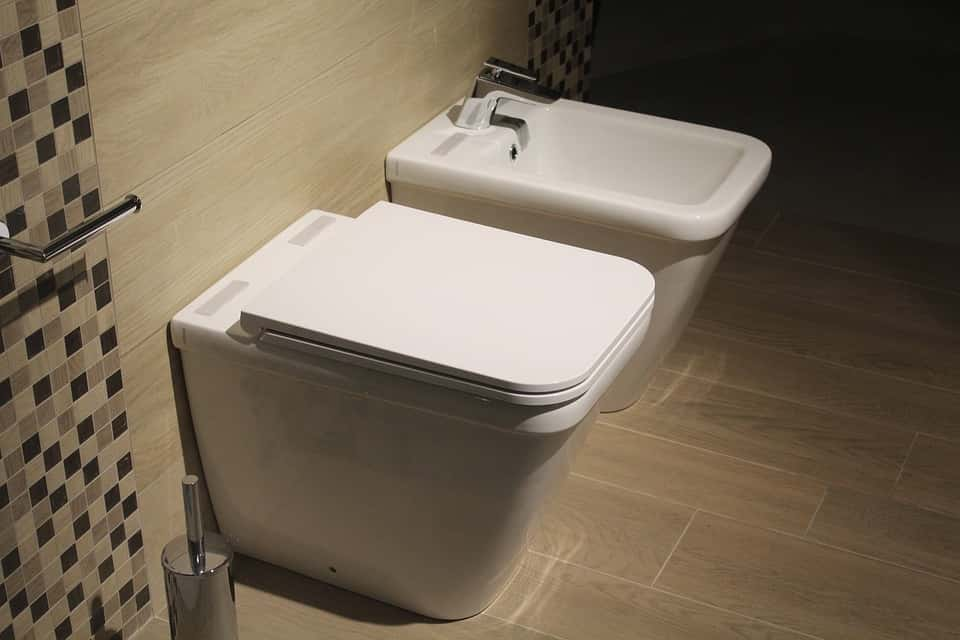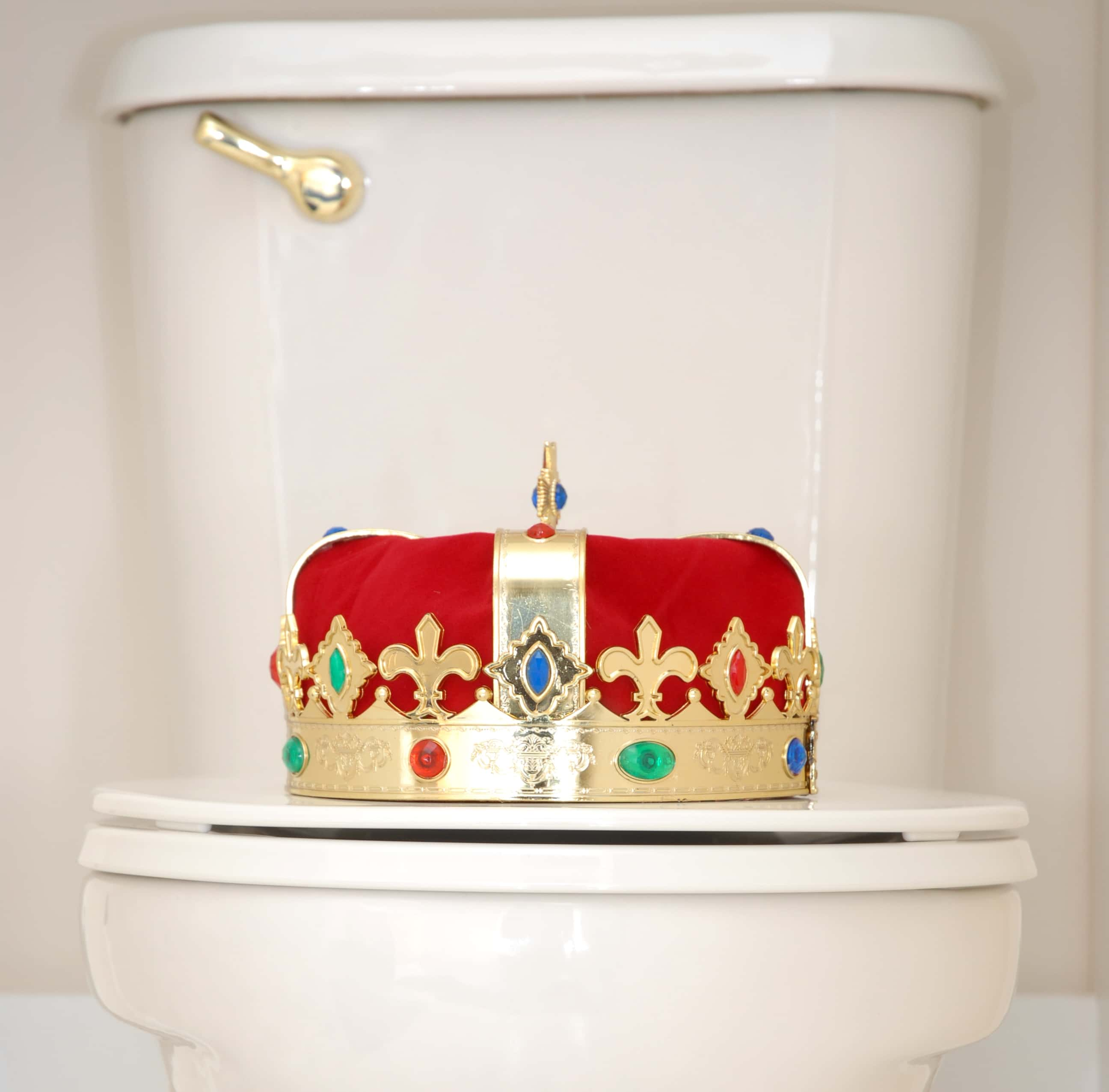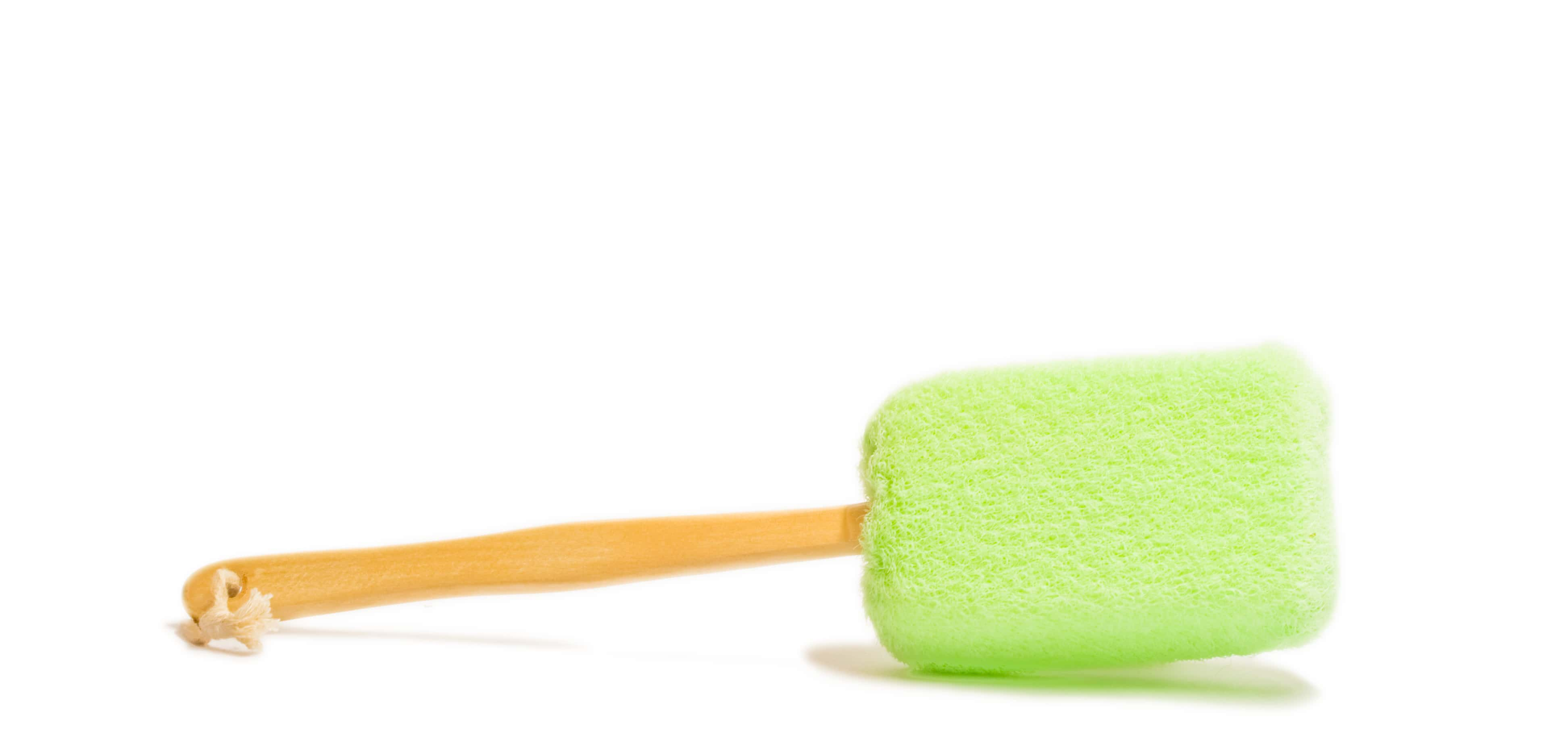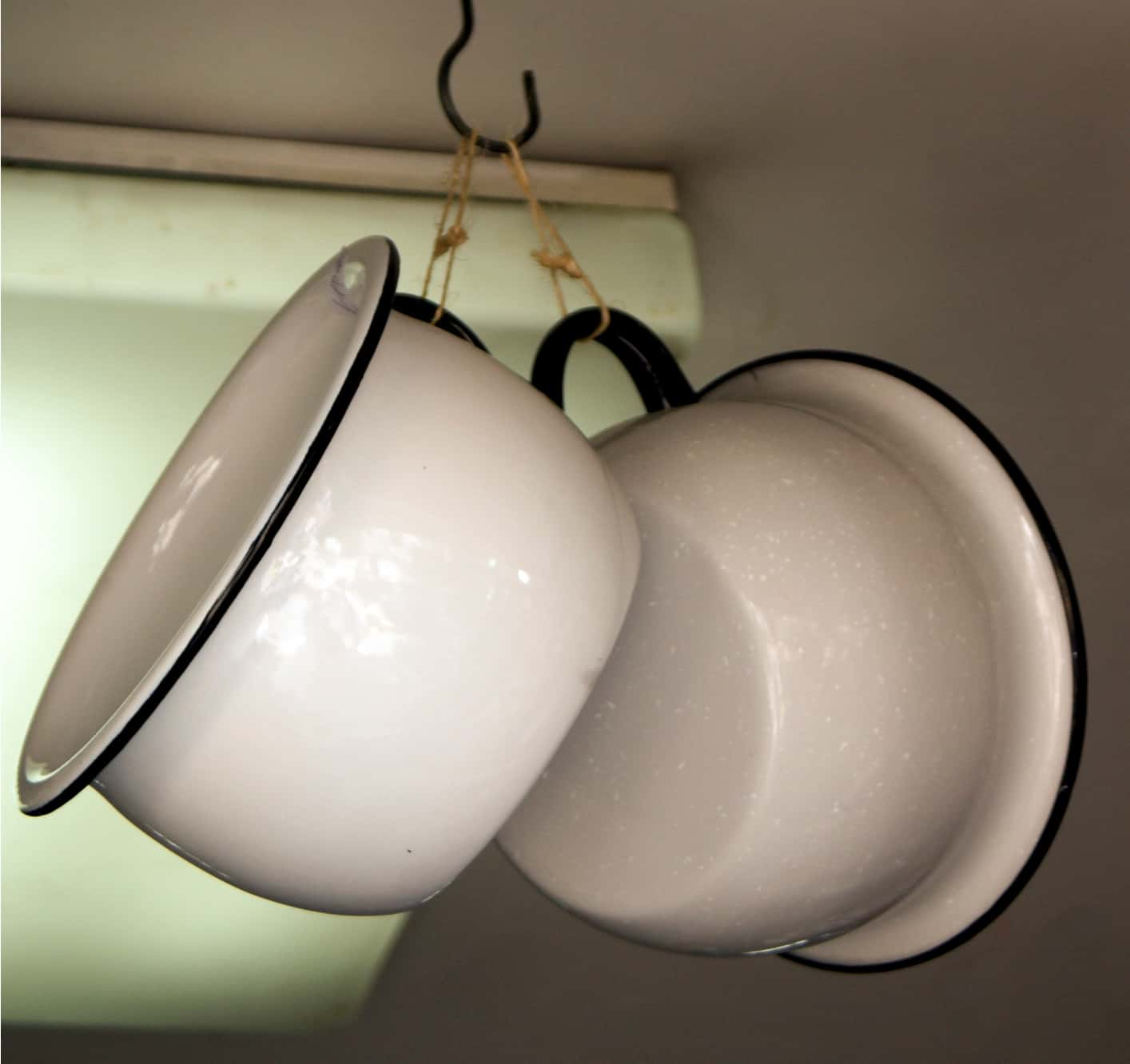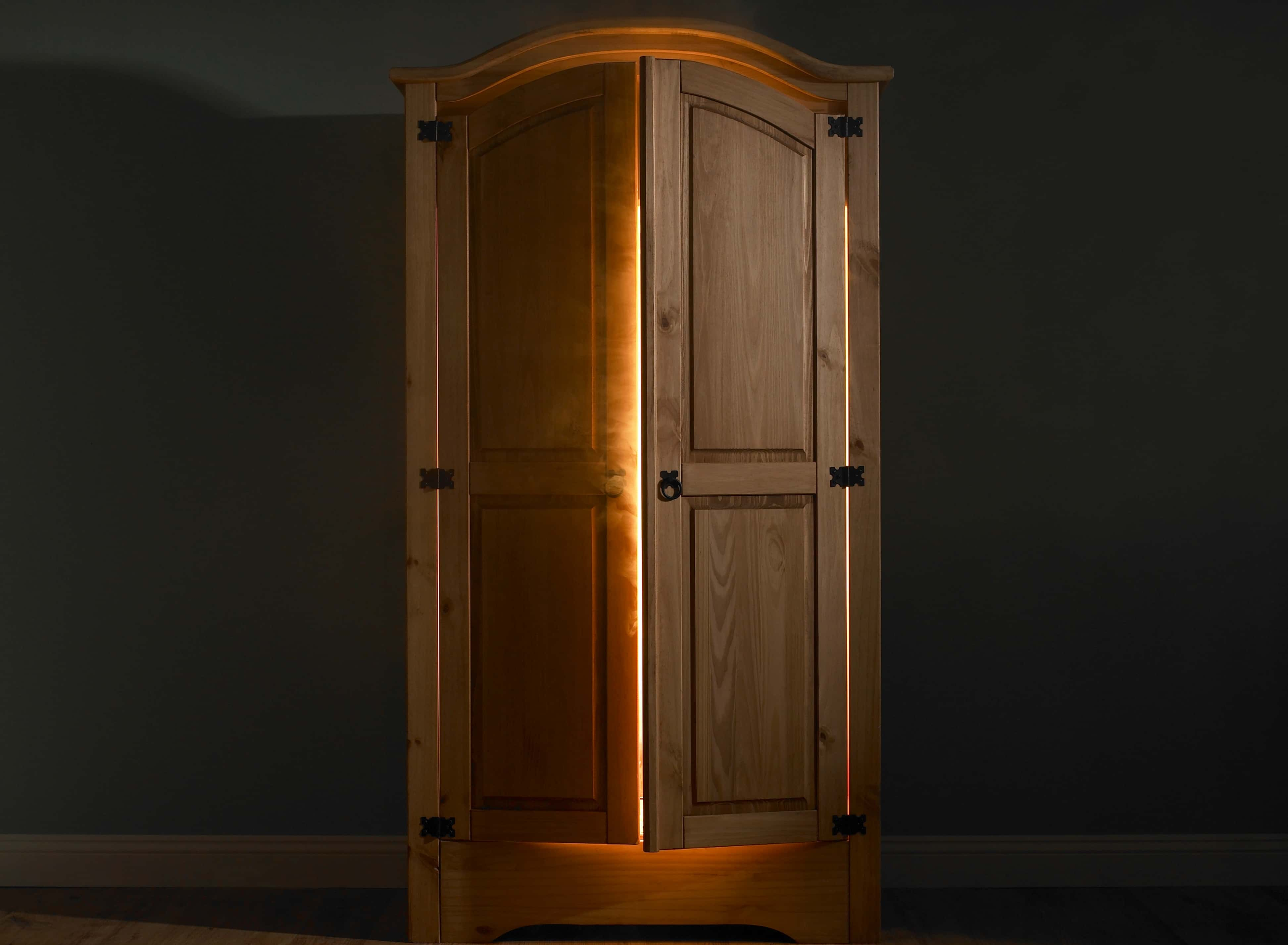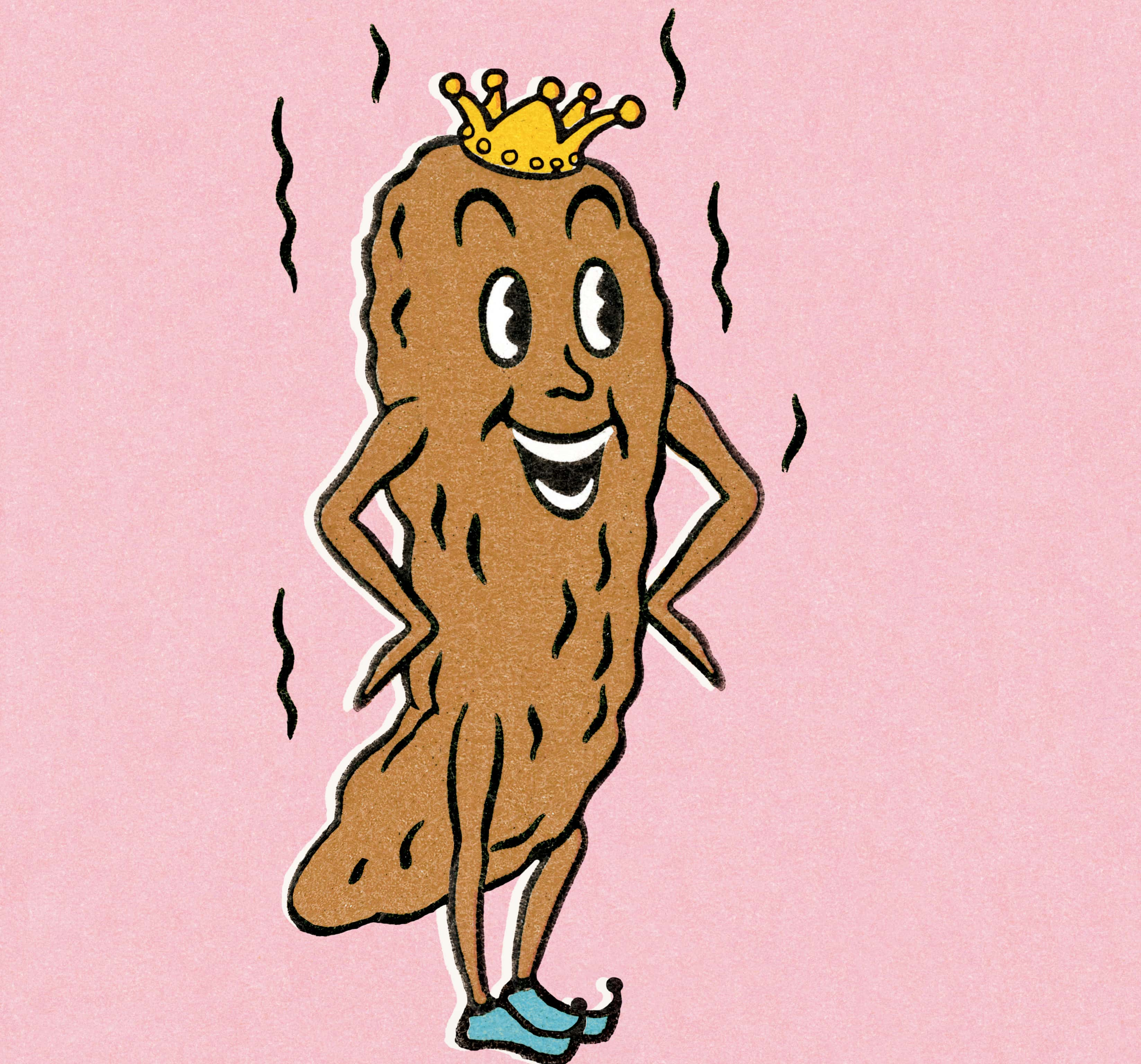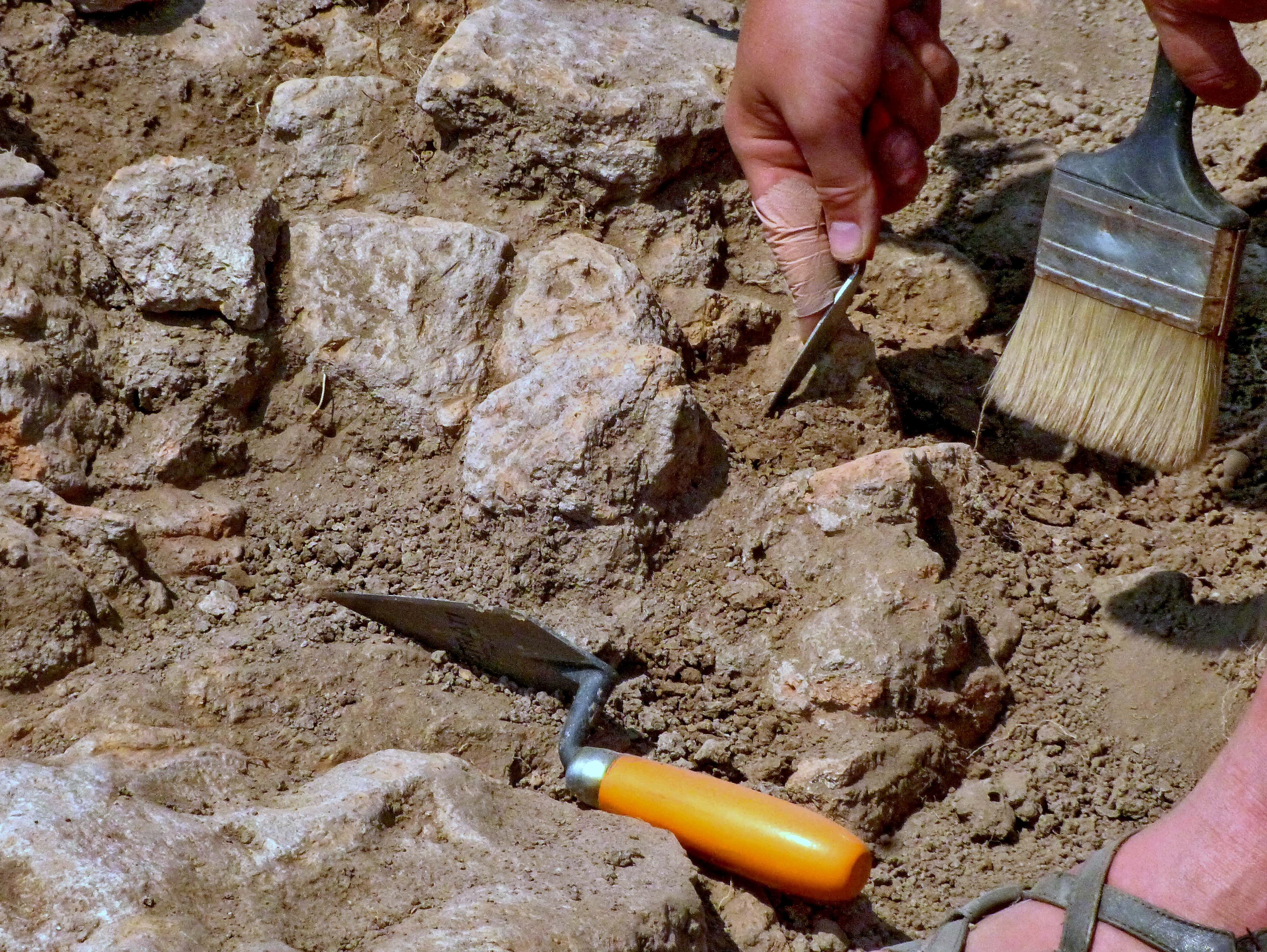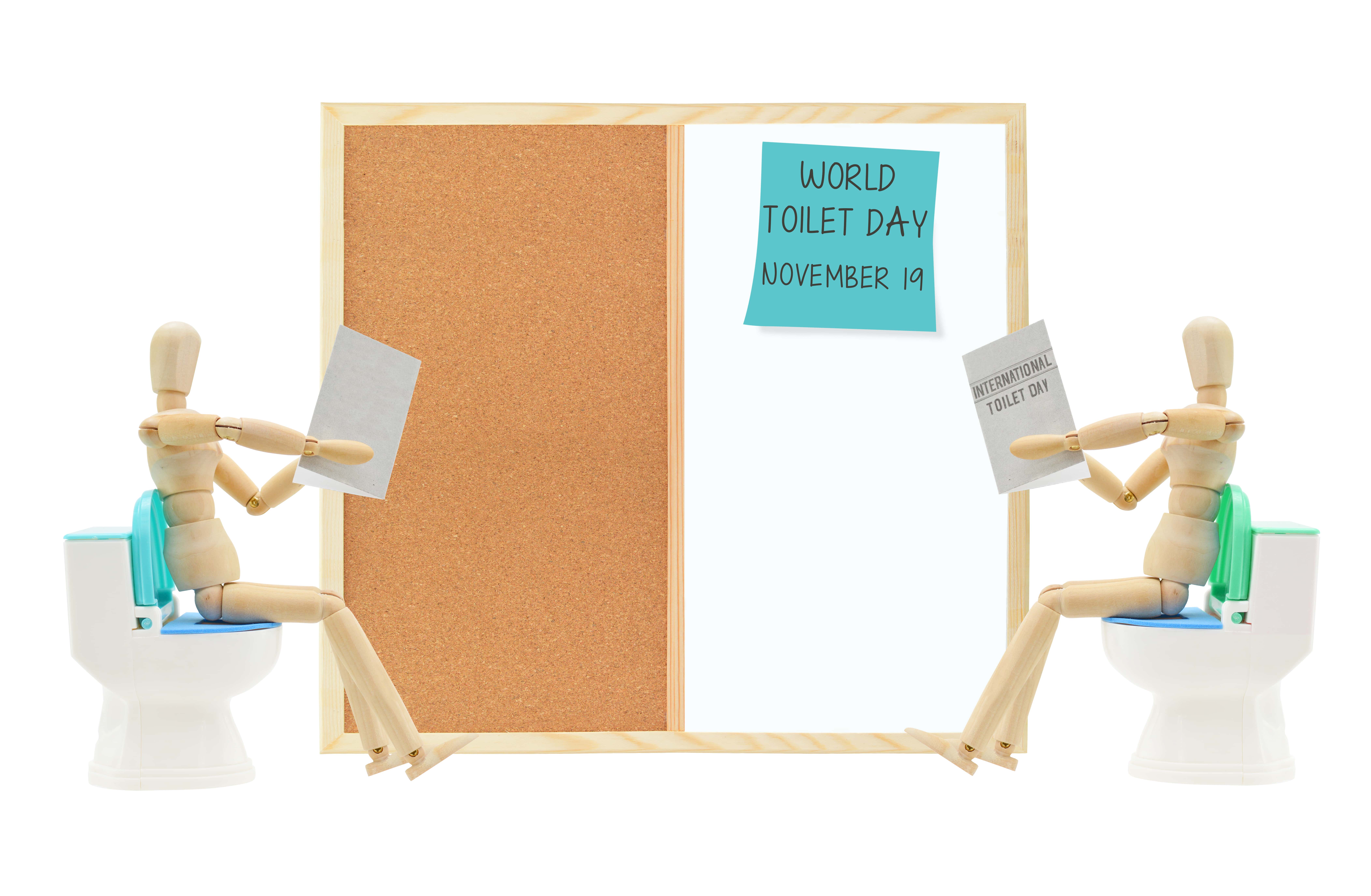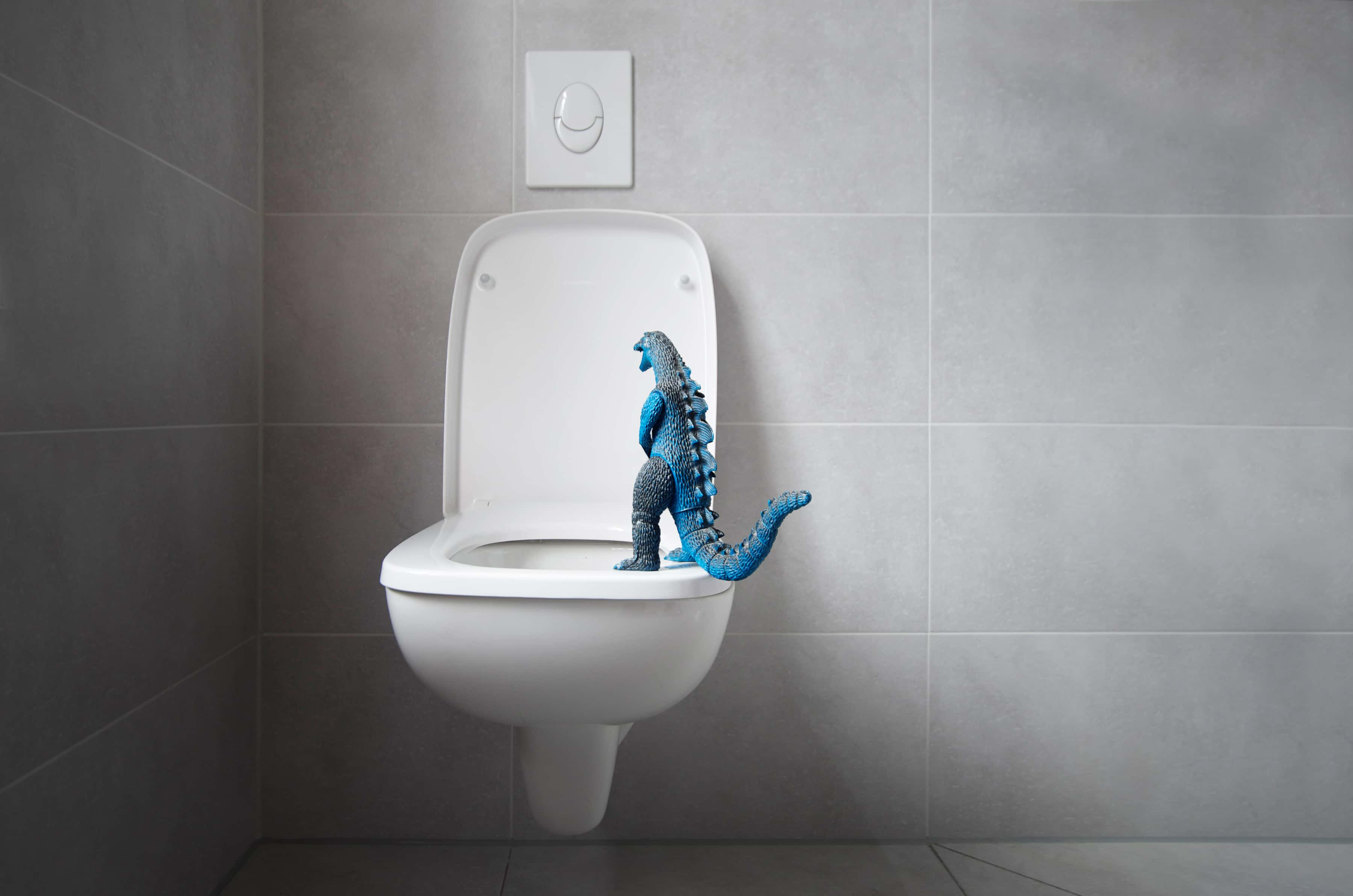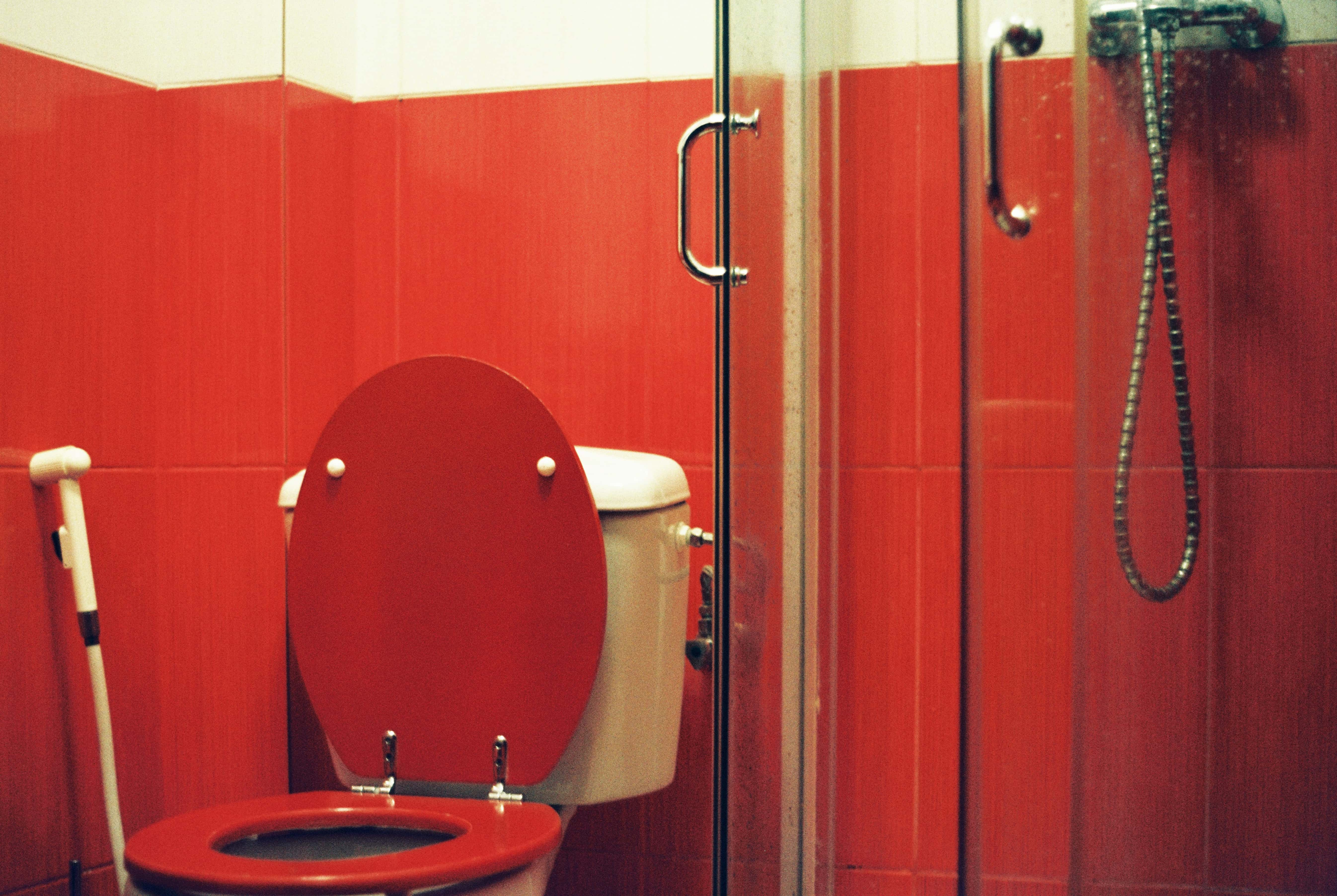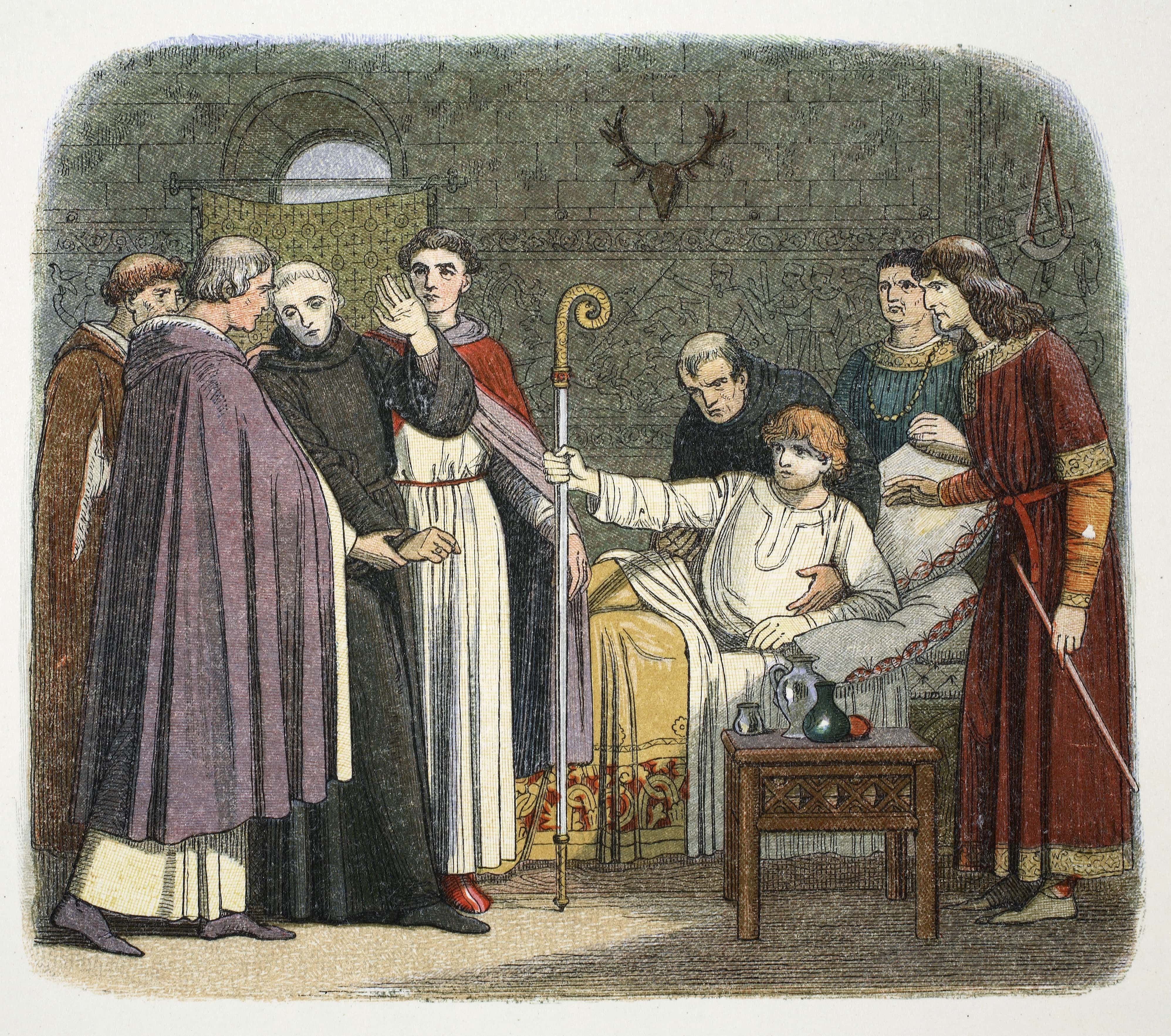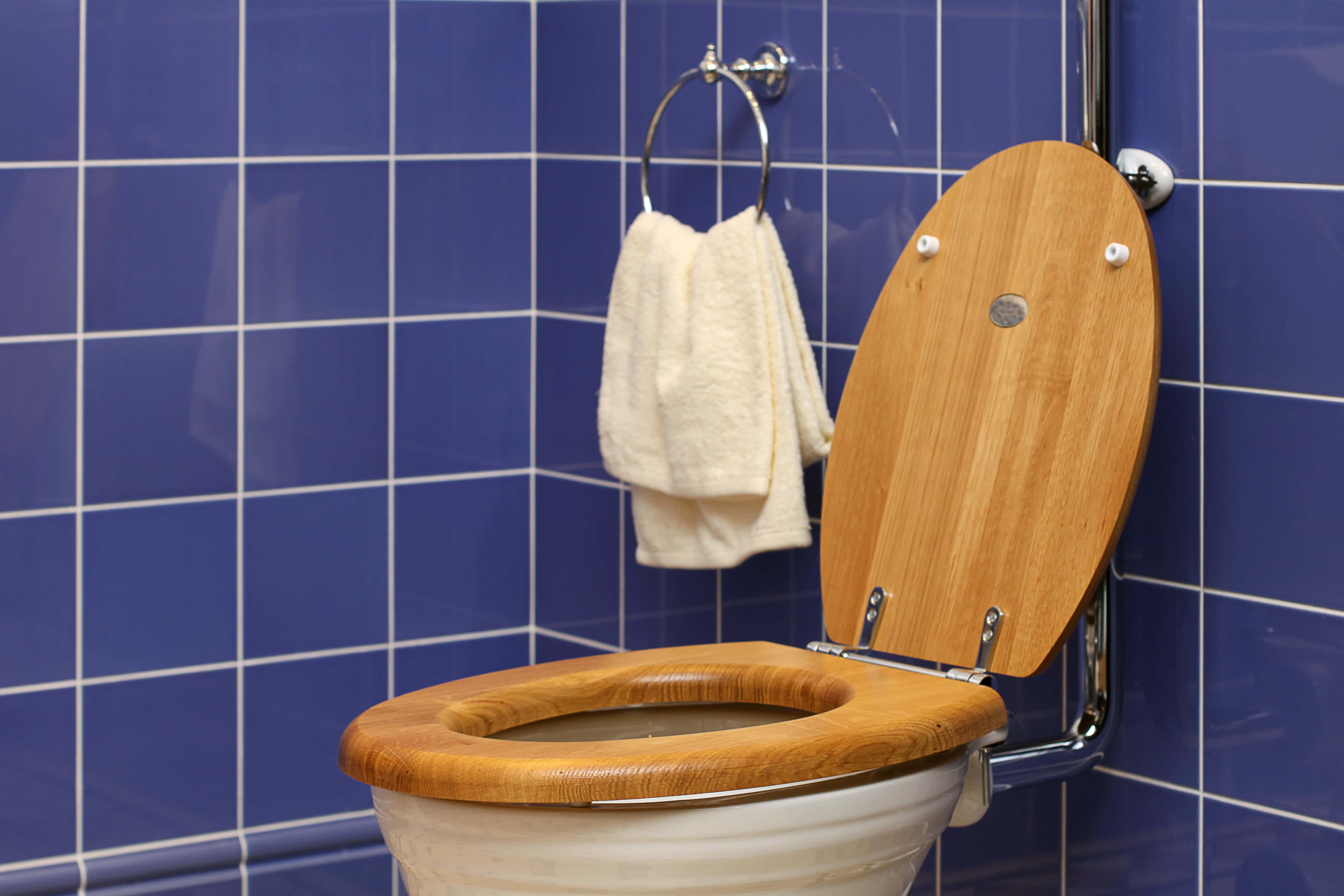Does any modern miracle go more unsung than the toilet? Let’s face it, we don’t appreciate a proper place to “go” until we really need it. So, let’s take a few moments to express our gratitude to the contraption that has kept humanity—and other species, as we’ll see—in such tidy and digestive comfort for hundreds of years.
While the flushing toilet is very much a symbol of modernity, it’s just the latest evolutionary stage in humanity’s quest for intestinal relief. How did we get from holes in benches to complex “water closets” of running liquid and tolerable stenches? And what did dinosaurs and long-dead emperors have to do with it? Make those pipes sing to these 44 splashing facts about the history of toilets.
History Of The Toilet Facts
44. End of the Roll
A big part of life, a big part of death: the tomb of a Western Han Dynasty king of China was discovered to contain an early toilet. It was installed there sometime between 206 BC and 24 AD, so who knows how it got there.
43. Boys Clun No More
For most of modern history, public restrooms have been a largely male resource. It was harder for a lady to come by a proper public loo, which was symptomatic of their “place” being viewed as within the home.
With the rise of 20th-century department stores, however, came the rise of the “ladies’ washroom.” Managers needed women to feel “relieved” enough to buy things, after all.
42. You Flush Nothing, Jon Snow
Before he played the Game of Thrones, Kit Harrington, the actor who plays Jon Snow, was descended from the man who invented “thrones,” so to speak—the actor is a relative of John Harrington, inventor of England’s first flushing toilet.
41. Who Made It First?
Who invented the world’s first flushable toilets? It’s actually still a mystery. While archeologists have uncovered drainage systems in India that are 4,000 years old, the jury’s still out on whether these should truly count as flushing thrones.
40. Fit for a King
I guess there’s a reason we sometimes call them “thrones”: ancient Greeks had a vast-reaching system of pans where people would relieve themselves to a repository of flushing water. They referred to this system as “the Palace of Knossos.”
39. The Commode in Common
Who needs privacy stalls? Not the ancient Romans, who truly put the “public” in “public toilets”—they made going into the bathroom into a social affair. It wasn’t odd to share gossip with one’s pals as you helped each other wipe down with a reusable sponge on a wooden handle.
In fact, this ritual perhaps led to the classic phrase, “Getting the wrong end of the stick.” Thank goodness there was usually a running water supply to rinse the sponge…
38. Watch Your Step
There’s a reason the English call them “potties.” In medieval times, the toilet was a literal “pot” whose “contents” would be thrown from the window after use.
37. A Room of One’s Own
If you were rich enough in medieval Europe, you’d have a whole room dedicated to doing the dirty deed. The “garderobe” was a room with a special hole that hung over your moat. From there, one could expel the day’s remains in the privacy of one’s castle. The room most likely gets it name because people would put their clothes, or “robes” in the same room to ward off pests and fleas. Talk about wearing your fragrance.
36. A Flush a Day Keeps the Doctor Away
Bathrooms were a literal manner of life and death. The cause of many rank smells—and much illness—in London was probably due to the giant public toilets that were installed over the River Thames in medieval times. This mix of filth and shared water supply was a hotbed for disease, so you could feel as bad as you smelled.

History's most fascinating stories and darkest secrets, delivered to your inbox daily.
35. A Gift From Below
In 1592, a godson of Queen Elizabeth I named Sir John Harrington invented England’s first flushing toilet. This “water closet” comprised of a raised cistern with a small pipe that would “flush” away waste. Despite the innovation, it took more than 200 years for Harrington’s invention to be updated and catch on with other commonly used hygienic practices. On the bright side, his godmother Elizabeth definitely used one.
34. S for Don’t Smell It
Thank a watchmaker named Alexander Cummings for stench-free toilets. In 1775, Cummings updated John Harrington’s design of the toilet to include the “s-shaped” pipe we all know and should love more: this design traps the worst of our stench in the toilet and away from our noses.
33. Not to Mince Words
According to common myth, the “c-word” for “waste” derives from the name of Thomas Crapper, an Edwardian plumber who spearheaded the installation of several royal lavatories for Edward VII of England. Unfortunately, it’s too good to be true: the slang has been around for at least the Middle Ages. In fact, it’s probably a commendation of two words: the Dutch word krappen for “to pluck off, cut off, or separate” and the Old French word “crappe” for “siftings, waste, or rejected matter.” Make of that what you will…
32. This Fact Holds Water
It’s only since 1848 that every new house in England has been legally required to have a toilet. Of course, back then, it was called a “water closet” or ash-pit privy.
 Flickr
Flickr
31. A Matter of Life and Plumbing
After the installations of London’s first sewer systems in 1865, deaths by cholera and typhoid dropped exponentially. As it turns out, cholera (and other diseases) often spreads through contaminated water. That might seem obvious today, but it actually took years for researchers to figure it out.
And as it turns out, the man who discovered how cholera spreads was named John Snow. Not the Game Of Thrones character...
30. No Political Movement Like a Bowel Movement
The reign of Henry VIII witnessed legendary changes to the political landscape: the Protestant Reformation, the Renaissance, and the execution of two queen consorts.
But what do any of these movements compare to the rise of the Groom of the Stool, AKA the person in charge of helping the king with his bathroom needs? Under Henry, this position rose to unique influence and prominence. The king would appoint his closest companions to this intimate position and these lucky men often became very rich and important members of the king’s fiscal policy.
I mean, what better time to talk finances? Plus, the guy would have to have a rigorous knowledge of the king’s diet, health, and moods. Could come in handy…
29. Paper-Thin Reasoning
If you use toilet paper, congrats: you’re in the global minority. A poll found that 70-75% of the world’s humans do no use toilet paper. This lack is due to a number of reasons such as inaccessibility to trees, funds, or because they live in Europe, where bidets are much more widespread. And yet, the International Space Station uses toilet paper… not so universal, eh?
28. New Meaning to “First Lady”
Until Elizabeth I of England’s reign, the title of “Groom of the Stool” was an exclusively male position. Naturally, a queen couldn’t trust a man for such an intimate job, so Elizabeth changed the title to “First Lady of the Bedchamber” and appointed her surrogate mother Kat Ashley to the honored station.
Given that Ashley was Elizabeth’s childhood governess as well, we’re certain she was barely phased by this re-enlistment to wipe-down duty.
27. The Proof Is in the Pudding
Toilets have played a key role in demystifying facts about life in Ancient Southeast Asia and Vietnam. In 2012, the region’s earliest toilet and latrine systems were discovered in the southern Vietnamese region, dating back to 1500 BC. Archeologists were able to analyze the contents to get a sense of diets for both humans and dogs.
26. Digging for Gold
What was Catherine de Medici’s gold hairpin doing in a communal toilet? In 2012, archeologists uncovered a long-lost accessory belonging to the infamous Queen Regent of France in the common latrines.
Catherine never would have used these plebian facilities in her life, so the jury’s still out on how exactly it got there. Did a thief steal it and stow it away?
25. Lights! Camera! Plumbing!
In 1960, Alfred Hitchcock’s Psycho became the first Hollywood movie to depict a toilet onscreen—and a flushing one no less! The move caused an uproar of complaints against “indecency” because that was definitely the most shocking thing about Psycho.
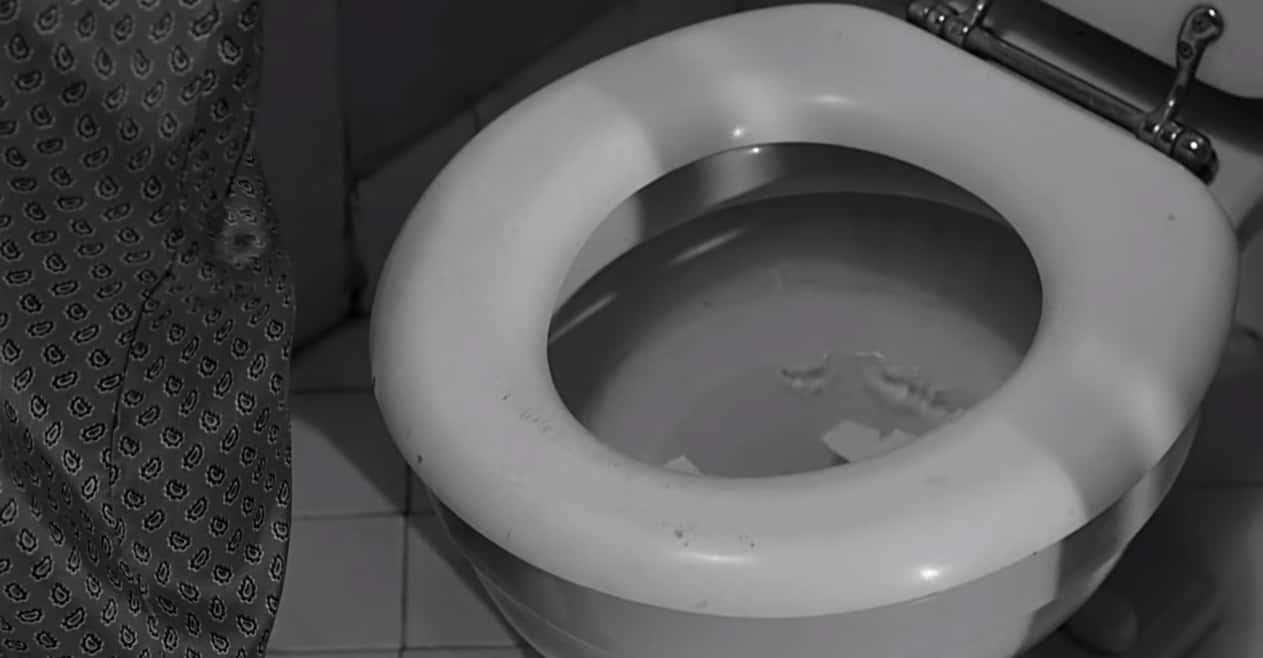 Psycho
Psycho
24. A Day of Remembrance
November 19 was officially declared World Toilet Day by the United Nationals General Assembly in 2013. The day celebrates and promotes the human rights to clean water and safe sanitation—two things we can’t take for granted.
23. War of the Germs
According to a United Nations report, more humans in the world have cell phones than toilets. That’s a pretty serious problem, but if it makes you feel better, the average smartphone screen has more than 30 times the germs than your average toilet seat…
22. Survival of the Most Fibrous
The public loo isn’t just for humans—in 2013, a 240-million-year-old public latrine was discovered in Argentina. This “world’s oldest toilet” could only have been used by prehistoric creatures such as mega-reptiles.
21. Ladies and Gentlemen
Gendered public toilets are only as old at 1739. This concept first emerged that year at a high-society Parisian ball, where literal “ladies” and “gentlemen” had their own washrooms.
20. So Over It
A 2010 survey by the Cottonelle company found that an overwhelming 72% of Americans prefer their toilet paper to be rolled over the spool.
19. A Scarce Resource
At its height, ancient Rome had no more than 144 public toilets in its city walls. Why so few? Your everyday Roman would typically throw the day's remains out onto the streets, as any good ancient Roman would do.
18. A Matter of Flush and State
In the US, toilets flushes are more regulated than we think. Since 1994, Congress has required that common flush toilets use no more than 1.6 gallons of water per “session.” This act was passed as part of the Energy Policy Act, which thought to preserve resources—and that means cutting down water in toilets to less than half of what your average throne-using American was used to.
17. Fecal Furnishings
The wealthy “went” in style. European monarchs did their business on fine boxes with lids. Elizabeth I of England’s toilet was even lined with royal red velvet and lace. Hey, wouldn’t you?
16. Time Well Spent
Altogether, it’s believed the average person spends two months to three years of their lives atop a toilet.
15. Words to Live By
Blame the French for why the British call it the “loo.” The alternative word for toilet is likely derived from the French phrase “guardez l’eau,” which means “Watch out for the water!”
It was an important phrase to know if you lived in a medieval society where people threw their waste out of the window. To save time, people probably shortened the phrased from “guardy-loo” to just “loo.”
14. Jax of All Trades
Sir John Harrington’s first flushing toilet was called the “Ajax”—a pun on the slang “jakes” for the toilet. In the US, the term “John” caught on to refer to the toilet, probably after Harrington’s name.
13. More Fun for Everyone
Why should flushing only be for rich people? In 1851, English engineer George Jennings invented “Retiring Rooms,” or rather, England’s first flushable public toilets.
12. A Hole Is Just a Hole
In 1913, Giacomo Boni excavated Roman ruins and refused to believe he found toilets. He looked at the room of hole-filled benches that once led to water and reported it must have been an elaborate power generator/water pumper. Sure, Boni.
11. They All Fall Down
Contrary to popular belief, George II of Great Britain didn’t die on the toilet. He only fell into distress on one. Early in the morning, in 1760, the king crashed to the ground from his stool from an aneurysm. He was rushed to bed, where he died there, surrounded by pillows—not toilet paper.
10. A Close Flush With Death
For the record, the death of Catherine the Great of Russia in 1769 bears a striking resemblance to the death of George II of Great Britain just nine years previous. Both rulers enjoyed a nice breakfast right beforehand; both were discovered on the toilet in distress, not dead; both were carried to bed, where they eventually died. We bet both of Catherine and George wish they could have spent their last hours doing something a little cooler!
9. All’s Well That Ends Well
In 1989, an American murderer named Michael Anderson Godwin was spared a death sentence by the electric chair… only to die accidentally by "electric" toilet, after biting into the wire of his TV headphones while he was still on the steel privy.
8. Private Time in Primetime
A 1957 episode of Leave It to Beaver features the first on-screen television appearance of a toilet. To give you a sense of how controversial it was, showrunners only ended up showing the tank—not the complete toilet. The episode’s plot featured the boys’ attempts to hide a pet alligator inside the soon-to-be iconic throne.
7. Sexy Signposts
You know how airport parking lots have special numbers and letters to help you recall where you parked your car? Well, Ancient Roman bathhouses had those too, except replace “car” with “toga” and “numbers and letters” with “sexually explicit images.”
People would remember where they put their toga by remembering what “position” they hung it under. What was the alternative? Going to the toilet with their clothes on?
6. Look Before You Sit
For a guy nicknamed “Edmund Ironside,” King Edmund II of England’s death didn’t take place in glorious circumstances. According to sources, the king was answering “the call of nature” in his private bathroom when he was stabbed right on his toilet. So, now we know where George R. R. Martin got some of his inspiration.
Others say he simply died of long-term injuries or disease, while coincidentally on the privy. In any case, I’m kind of upset I can’t say he met a “porcelain finish” because toilets weren’t yet made from porcelain in 1016. Oh well.
5. Roll Call
“Gayetty’s Medicated Paper” isn’t as fancy as it sounds—it’s simply the first packaged toilet paper, invented by an American named Joseph Gayetty in 1857. It wasn’t until two decades later, in 1879, that the Scott Paper Company sold the first toilet papers on rolls.
4. Royally Drop Where You Stop
The legendary Palace of Versailles had everything—except enough toilets for everybody. Despite the villa’s luxury, Versailles simply didn’t have enough public water closets to accommodate Louis XIV’s huge court. It wasn’t uncommon for courtiers to bribe each other for access to those precious commodes…or else, they simply went in the corner.
At least this was better than the Princess d’Harcourt, who would often just urinate where she walked, which made her understandably hated by the servants. The aristocracy: they’re truly our betters.
3. The Smelly Sound of Silence
Although Queen Elizabeth I did own a flushing toilet, her Majesty rarely used it. Why? It was simply too noisy for her early-modern ears.
2. A Toilet: The Key to Comfort
The “keyhole” shape of modern toilets likely comes from Ancient Egypt. The special design was used to optimize comfort, which we don’t need to say is super important in such matters.
1. Confession Booth
Henry VIII kept this “Grooms of the Stool”—i.e. bathroom helpers—in strict confidence. It was to two of them, Sir Thomas Heneage and Sir Anthony Denny, that he disclosed that he didn’t think his fourth wife Anne of Cleves was a virgin.
But such intimacy with the king was a double-edged and smelly sword: he also executed another, Sir Henry Norris, on trumped-up charges of adultery with his second queen, Anne Boleyn.
Sources: 1, 2, 3, 4, 5, 6, 7, 8, 9, 10, 11, 12, 13, 14, 15, 16, 17, 18, 19, 20, 21, 22, 23


